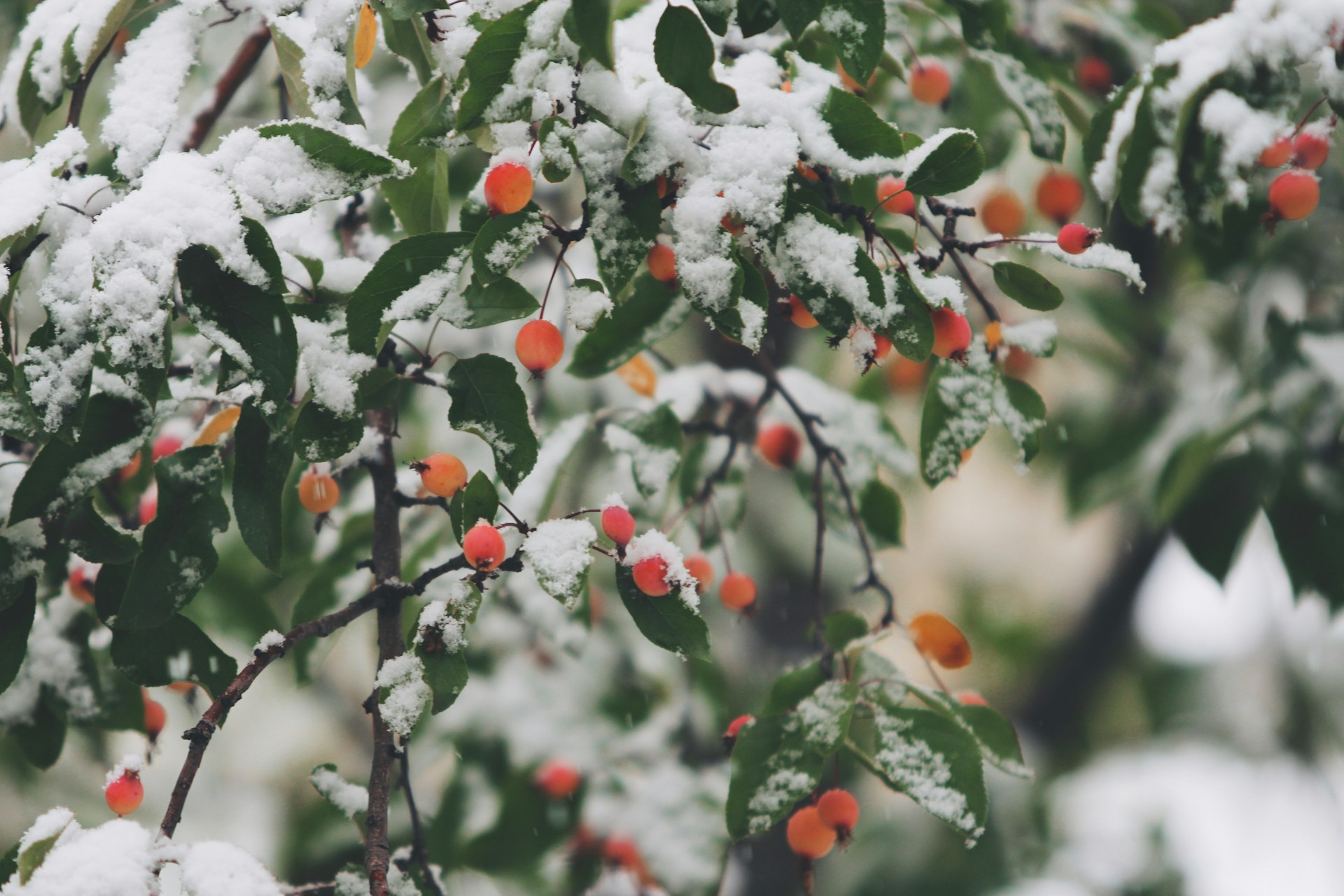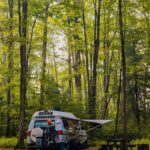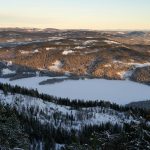Introduction
There’s nothing quite like the serenity of a snowy mountain trail in the deep of winter. As an avid outdoors enthusiast, one memorable experience from my own mountain biking trip in November still resonates with me—the snow-covered paths, the stunningly peaceful scenery, and the unique challenge of riding with few others around. However, I learned firsthand how critical proper traction is for safety and enjoyment. The right traction devices can transform potentially treacherous routes into manageable adventures. In this article, we’ll delve into the importance of proper traction for winter hiking and mountain biking and explore how to make your winter escapades both safe and exhilarating.
Understanding Traction in Winter Conditions
Terrain Challenges
Winter brings a unique set of challenges to hikers and bikers. Whether you’re dealing with snow-covered paths, icy trails, or slushy grounds, each terrain demands specific equipment to ensure safety and control. For instance:
- Snow-covered paths can conceal obstacles and create uneven footing.
- Icy trails require precise traction to avoid slipping.
- Slushy grounds can become muddy and unpredictable, increasing the risk of falls.
Weather Impacts
Additionally, weather conditions can change rapidly in winter, affecting traction significantly. Unexpected snowfalls can cover previously clear trails, while thawing and refreezing cycles create slick, icy layers that challenge even seasoned adventurers. Understanding these variables and how they impact your traction tools is crucial for winter safety.
The Risks of Inadequate Traction
Slipping and Falls
One of the most obvious risks of inadequate traction is slipping and falling, which can lead to serious injuries. Without the right gear, even a simple hike can turn hazardous.
Fatigue and Effort
Poor traction doesn’t just increase the risk of falling; it also demands more physical effort. Struggling to keep balance on slippery surfaces can lead to quicker exhaustion, detracting from the enjoyment of your outdoor activity.
Limited Navigation
Inadequate traction can severely limit your ability to navigate challenging terrains. You might find yourself unable to cross certain areas, potentially leaving you stranded or forcing you to turn back sooner than planned.
Choosing the Right Footwear for Winter Activities
Advanced Hiking Boots
For winter hiking, investing in high-quality hiking boots is essential. Look for boots that offer:
- Insulation to keep your feet warm in freezing temperatures.
- Waterproof designs to prevent moisture from seeping in.
- Aggressive tread patterns for better grip on various terrains.
- Strong ankle support to reduce the risk of sprains.
Traction Aids
Optimal traction devices for snowy hiking trails are equally important. Consider tools like:
- Microspikes: Ideal for packed snow and icy conditions. They offer a stretchy harness and metal teeth for reliable grip.
- Crampons: Suitable for more rigorous terrain, providing superior grip on steep, icy surfaces.
- Snowshoes: Although not traditional traction aids, they distribute your weight to prevent sinking in deep snow.
Microspikes, such as Kahtoola microspikes, are particularly effective for icy conditions, making them a must-have for winter hikes. For a comparative analysis: microspikes vs. crampons, it’s essential to note that microspikes are better for less intense treks, while crampons are more suited for challenging climbs.
Trail Running Shoes vs. Hiking Boots
Some adventurers might prefer trail running shoes for their lightweight design. For instance, shoes like Altra Trail provide flexibility and speed but might lack the insulation and waterproof features critical for winter conditions.
Proper Maintenance and Preparation
Footwear Maintenance
Keeping your winter gear in good shape ensures consistent performance. Here are some maintenance tips for winter outdoor footwear:
- Regularly check for wear and tear, especially on the treads.
- Keep your gear clean to prevent the buildup of mud and ice.
- Store your footwear in a dry place to avoid material degradation.
Layering for Feet
Proper layering for your feet is crucial in winter. Use high-quality socks and consider double layering to prevent blisters and retain warmth without compromising traction. Materials like merino wool offer excellent insulation and moisture-wicking properties.
Safety Tips for Winter Biking and Hiking
Slow and Steady
Take it slow on slippery surfaces. Whether you’re walking or biking, mindful pacing can significantly reduce the risk of falls. Opt for small, steady steps or pedal strokes.
Preparation and Planning
Before heading out, check trail conditions and weather forecasts. Inform someone about your route and expected return time. Always carry essential gear, including navigational aids, extra clothing, and a first aid kit.
Personal Story and Lessons Learned
Reflecting on my November biking trip, I learned the hard way that better preparation and equipment could have dramatically improved my journey. Encountering slick trails without proper traction devices was a stark reminder of the importance of preparedness. My advice: don’t skimp on gear. Optimal traction devices for snowy hiking trails and the best winter traction aids for mountain bikers are investments in safety and enjoyment.
I’d love to hear your stories and tips! Share your winter hiking or biking experiences with us.
Conclusion
Proper traction is crucial for safe and enjoyable winter adventures. Investing in the right footwear and traction aids, staying informed about trail conditions, and being prepared can make a world of difference. Winter conditions may be challenging, but with the right approach, they offer unique and rewarding experiences. So gear up, be safe, and embrace the beauty of winter trails.
Call to Action
Share this article with your fellow outdoor enthusiasts! And for more information on recommended gear and winter adventure tips, check out our additional resources and tutorials.




